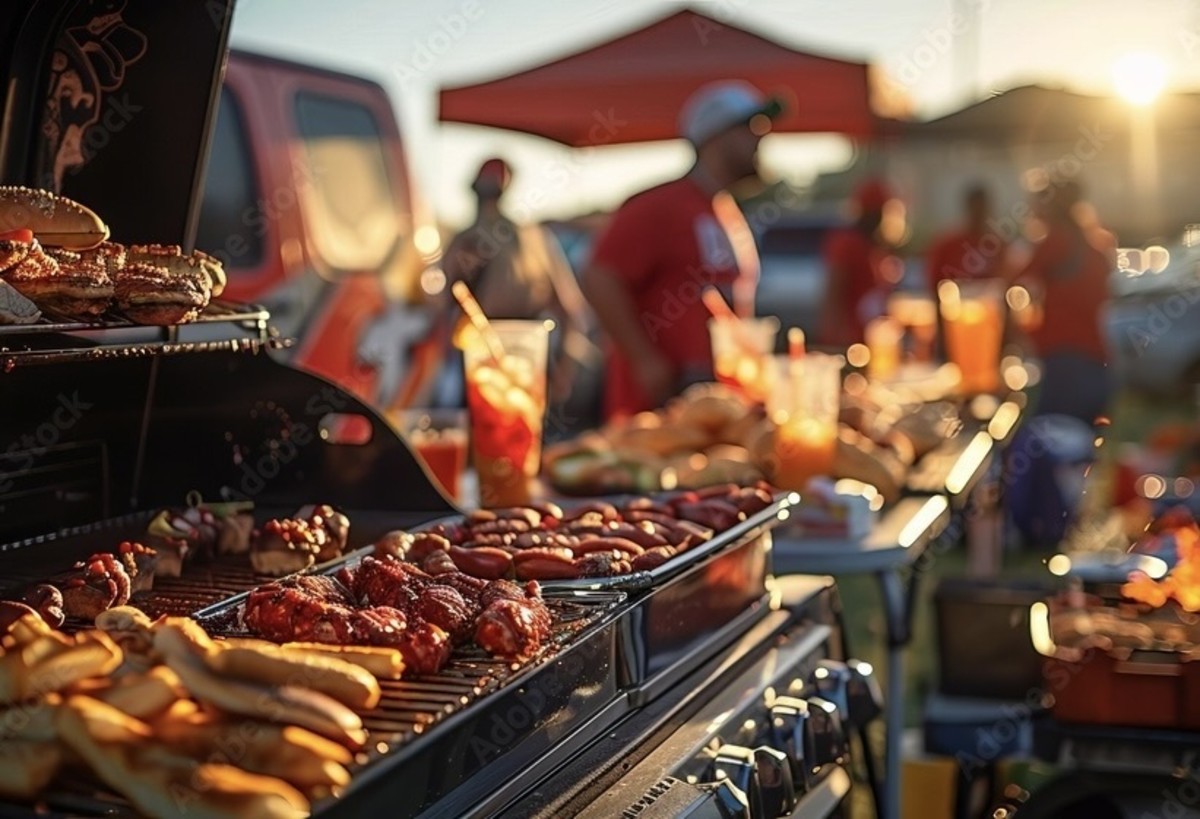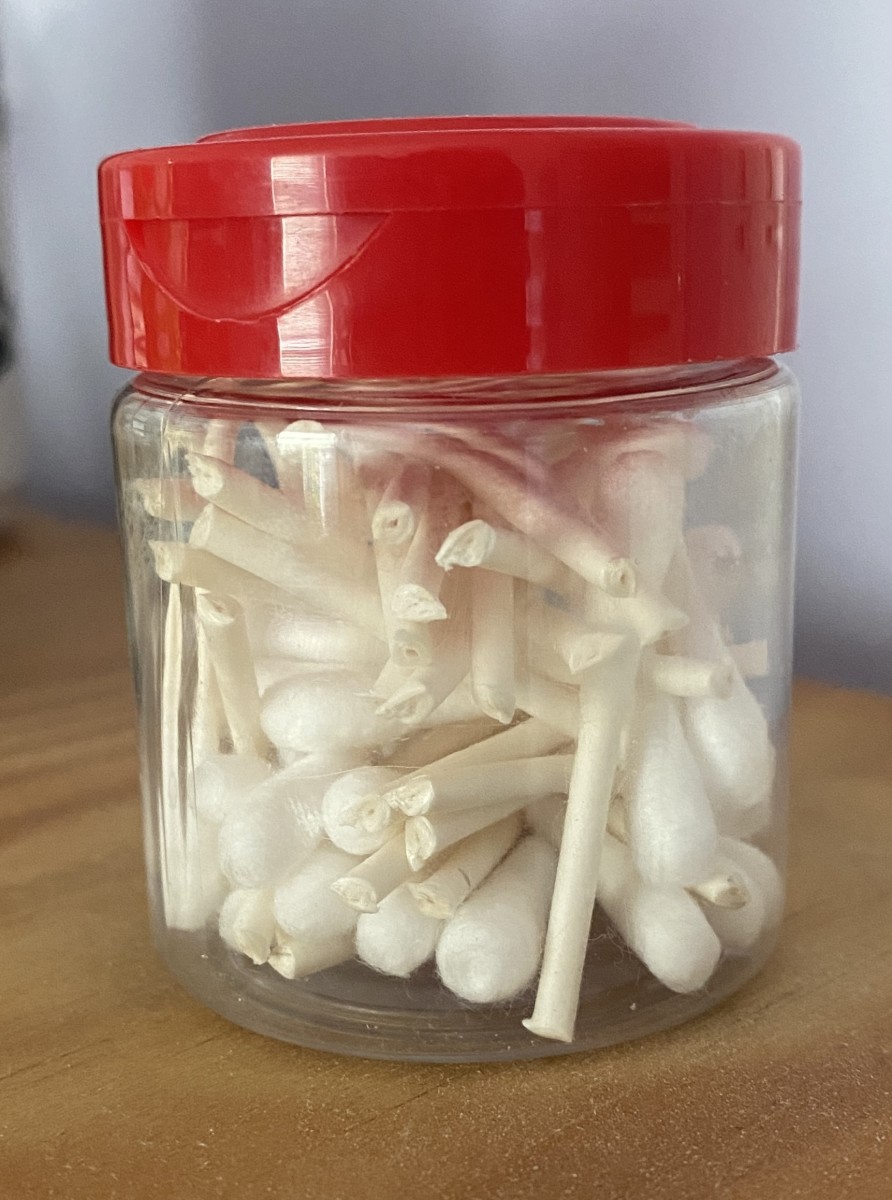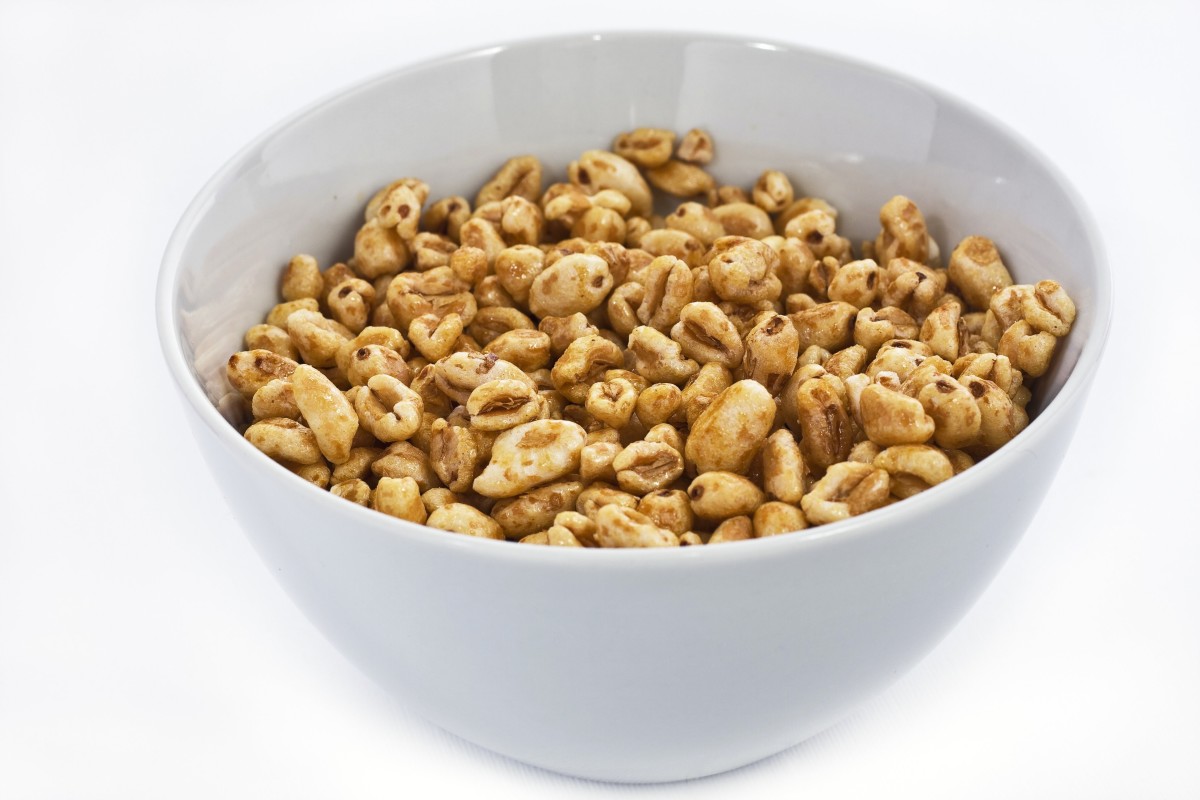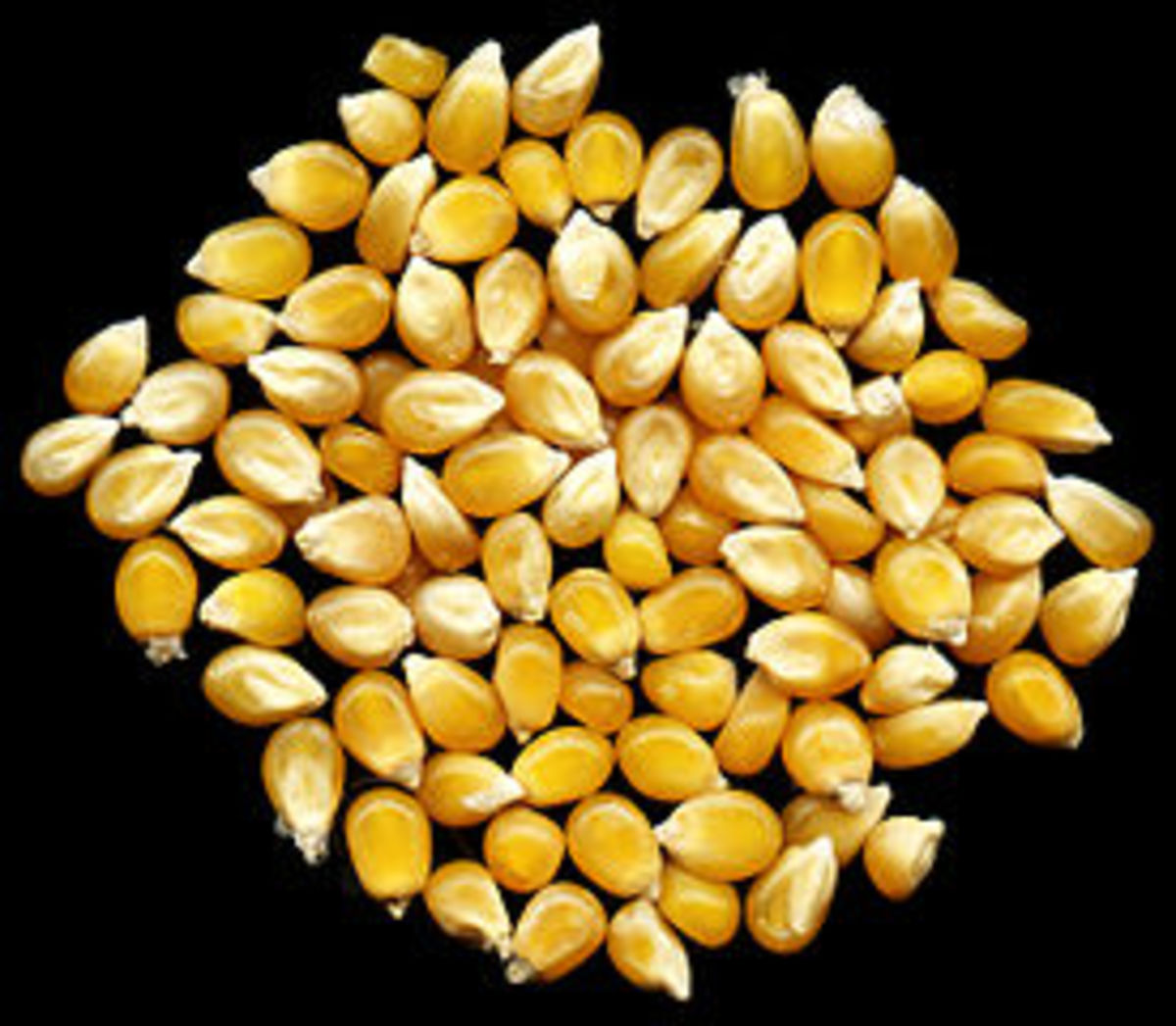Prevent FoodBorne Illness: Food Inspections for Consumers
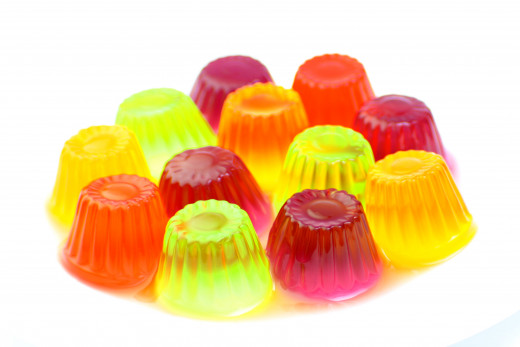
Today's topic - Start your food safety inspection at the back door of the establishment.
Even jelly can be a source of dangerous illness producing microbes, chemical contamination, physical contamination, or even just filth, none of which are apparent in the finished product. But the following observational examples of detective work on your part can help you decide whether to purchase food from an establishment.
Start at a Food Business's back door where, as an inspector, I always started my inspections. The following numbered entries are some examples of what I have observed, and you can look for, at the back door.
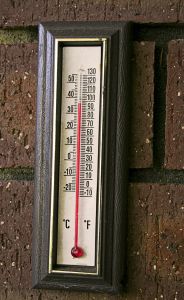
Observe foods as delivered and stored outside of a food business.
1.) A refrigerated food delivery truck drives into the back parking lot of your favorite eatery. Normally, refrigerated trucks have 2 motors running at the same time all the time: one is the cab motor, and the other is the refrigerator motor. If you don't hear the refrigerator motor, then approach the truck and chat with the driver while he is unloading it. While chatting put your hand on the inner floor of the truck to see if the floor is cold. If the floor isn't cold, then the foods may already have become dangerous due to temperature abuse. "Temperature abuse" is a term used to describe foods that have not been maintained cold, or hot as the case may be, to prevent the growth of dangerous organisms.
The refrigeration system in the food delivery truck uses gasoline to operate, just like the vehicle itself does. There are two reasons a vendor may not be running the refrigeration system: one is the equipment may be broken. The second reason is because the refrigeration system uses gasoline, and it uses a lot of it. The vendor may be trying to save money by not running the refrigeration.
2.) The driver unloads stacks of boxes and puts them down on the pavement. The parking lot is still wet from rain earlier in the day. Also, a roof drain and the garbage dumpster are both spilling fluids into the area of the boxes, and a rainbow colored oil spill is glimmering there as well.
There are 4 different sources of liquid contamination observable in the parking lot:
- Rainwater can wash almost anything into the area including spilled chemicals, feces, rotting food remnants, glass, etc.
- Roof drainage delivers bird feces to the area.
- The dumpster drainage is particularly vile with a mirage of rotting food wastes.
- The oil spill can be carcinogenic.
If the boxes of food are in contact with, or splashed on by any of these liquids then the foods inside the boxes are at risk. Splash and seepage may not even be visible once the boxes dry again.
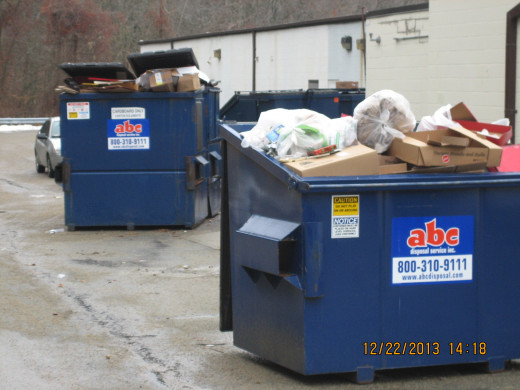
3.) While these boxes sit outside the back door of the establishment, you notice birds pulling garbage out of the open dumpster. Then you see several birds land on the boxes and several are flying overhead. Another truck drives into the parking lot and the birds fly, but not without leaving evidence of their visit all over the boxes. Feces from any creature can be a source of pathogenic microorganisms.
4.) An exterminator pulls into the back parking lot and parks next to the boxes. He gets out of the truck and set up some plastic containers and other stuff on top of the boxes. He opens the packages of "other stuff" and puts that stuff into the plastic containers. Then he put the containers on the ground near the dumpster and the building. When he was done some of the "other stuff" was left on top of the boxes. The 'stuff' he is handling is poisonous pesticides.
Pesticides are poisons designed to kill - they are intended to kill pests, but can also kill or severely injure people. As with other contaminants, they can and do sometimes get into food.
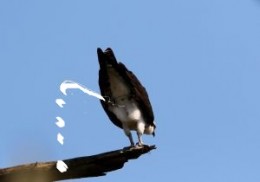
5.) An employee picks up the boxes, with no idea of the temperature of the food inside, with no notice of the bird feces, splash or seepage spots, and pesticide residues on them, and carries them inside. The temperature abused food has been accepted by the firm.
The contaminants have also been accepted, and will now be spread throughout the kitchen. The boxes will be stacked on other boxes, some will be set on food prep counters, others will be opened and emptied into storage containers. and all will be done by employees, using their hands.
Foods delivered to the food business need to come from safe sources.
6.) A man in an unmarked pick-up truck drives up. He has plastic mesh totes in the back of the truck. It appears he's delivering. He takes out a tote that appears to contain shellfish and sets them on the ground, right next to the dirty puddle. Will they drink up some dirty water? Shellfish are filter feeders and drink almost any liquid available.
7.) You know the establishment has shellfish on the menu including a raw bar. Your husband told you shell-fishing in the bay has been banned for a whole week due to water contamination. Where did these shellfish come from? Are they being delivered by an approved vendor? It's 3 pm and you wonder, how long have the shellfish been sitting in the open bed truck in the hot sun? Are the shellfish even still fresh?
Approved vendors of food usually have a business name and address on their delivery vehicle. Pick-up trucks typically are not approved vehicles for food delivery businesses. An unlicensed and unapproved vendor probably lacks knowledge of rules, regulations, and practices that protect the foods they sell/
8.) The man in the truck lets a dog out of the back of the truck where the shellfish were stored. The dog gets out and immediately drags his bottom across the pavement. Then while the man is talking to an employee of the establishment, you notice the dog sniffing the puddle and lifting his leg, and peeing into the puddle next to the tote of shellfish. Did dog urine get on the shellfish? What else could that dog have transferred to the shellfish?
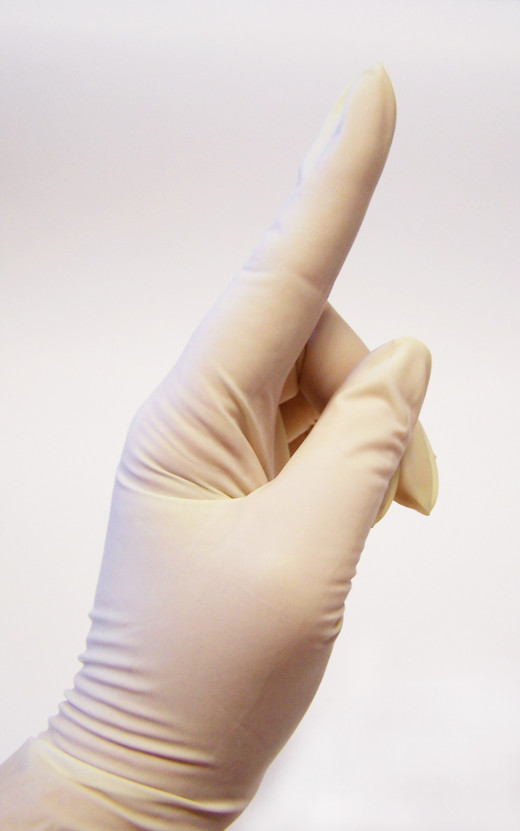
Observe employees of the food business when they are outside.
9.) The employee in example #1 is wearing food handling gloves! They should only be used for handling one type of food and nothing else. Employees wearing food handling gloves outside of the kitchen are untrained in proper glove use and untrained in good sanitation practices. Will that employee get bird feces on his gloves? What else will that employee then handle with the same gloves?
10.) An employee comes out the back door, lights a cigarette, smokes, coughs, and spits. When he spits he wipes his chin and then wipes his hands on his apron. Is he coughing and spitting because he's smoking, or is he sick as well? Is he going to change his apron when he's done? Is he going to wash his hands when he returns to the kitchen? Employees that may be sick should not be working with food, and whether ill or not, an employee who displays a lack of knowledge in safe and sanitary handling practices should receive remedial training immediately.
11.) A man with his son urinating in the ocean doesn't concern us because he is not handling our food. A food employee urinating, whether out the back door as I have observed, or in a urinal, can be a source of food contamination. I had a complaint once regarding a "fine dining" establishment in which the bartender was observed using a urinal in the men's room. The customer who observed him watched him leave the restroom without washing his hands. That customer followed him back to the bar, and watched him prepare a fresh drink for the customer. The customer became sickened when he observed the bartender then squeeze and drop a lemon into his cocktail. Urine doesn't generally carry dangerous germs that are sources of food-borne illnesses, but urine is what I consider "filth" and filth doesn't belong in food.
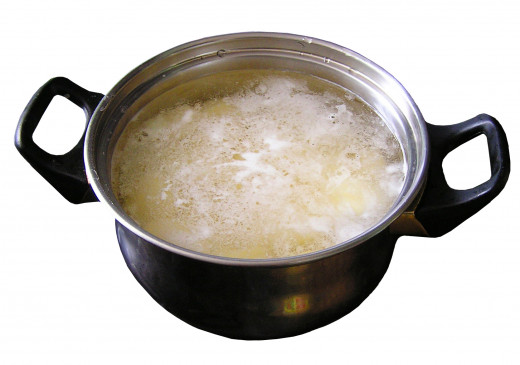
Proper cooling and holding foods at safe temperatures is critical to prevent growth of dangerous microbes in the food.
12.) You see an employee come out of the back door with a pot and it's steaming. The employee puts it on the ground and goes back into the establishment. Does the pot have food in it? If so, what can get into the food while it's outside? Food should never be left outside, whether covered or not.
13.) The steaming pot left outside the back door earlier has now stopped steaming and an employee comes out and retrieves it. Why are they putting food outside the back door?
Food is stored outside for 2 reasons:
- First the kitchen is a mess and there is no room to set a pot or anything else down.
- Second, the firm does not have the refrigeration needed to properly cool and store food. Not maintaining proper food temperatures is a critical reason that microbes in the food may proliferate. When microbes (germs) grow in numbers, then like a growing unruly crowd, they become more dangerous. The number of microbes that a person ingests is referred to as the "dose". Of course, the bigger the dose, the stronger the sickening punch it delivers.
14.) Now an employee comes back out of the back door with a similar pot holding a filthy old mop. He puts the mop down on the ground and dumps a pot of dark gray water in the corner of the lot. He rinses the pot at the outside spigot and returns inside. Why are they using food containers for mop water? Will it be properly washed and sanitized before more food goes into it? Why was it rinsed outside? Washing food handling equipment outside may indicate that the kitchen does not have the proper cleaning facilities, or that the equipment is piling up dirty and not being cleaned and sanitized as required.
Access to a food handling facility through an open back door is always a sign of inherent problems inside the building.
13.) A propped open door to a food handling facility is dangerous for the following reasons:
- Flies and other insects and vermin have open access, and once inside, will breed.
- People, known or unknown to facility managers, can enter and purposely handle and contaminate food or equipment.
- Uncontrolled moisture invades the facility and can cause several problems: It wreaks havoc on refrigeration systems, and it will accumulate on walls, ceilings, and equipment collecting germs and filth which can find it's way into food.
Rats Take Over...
Look for the next issue of "Food Inspections".
Next time I will move into the food establishment and we'll observe food displays and more employee habits.
Links to State Food Inspections
Food Safety News (www.foodsafetynews.com) has numerous links to some state food inspection reports.
Keep in mind that not all states publish inspection reports and government food inspections are limited - they represent only a single view of conditions found during the inspection, and that view is subject to the intent and expertise of the human inspector who reported. They can be useful, but by being your own inspector you can view more of the whole movie.
Direct links for some states' inspection reports are provided below.
Info from the Center for Disease Control regarding Food-Borne Illnesses
- CDC Estimates of Foodborne Illness in the United States
Illnesses and injuries resulting from food contamination and adulteration is more common than most of us realize. The Center for Disease Control compiles data on this problem constantly but produces reports which are about 2-3 years behind.



